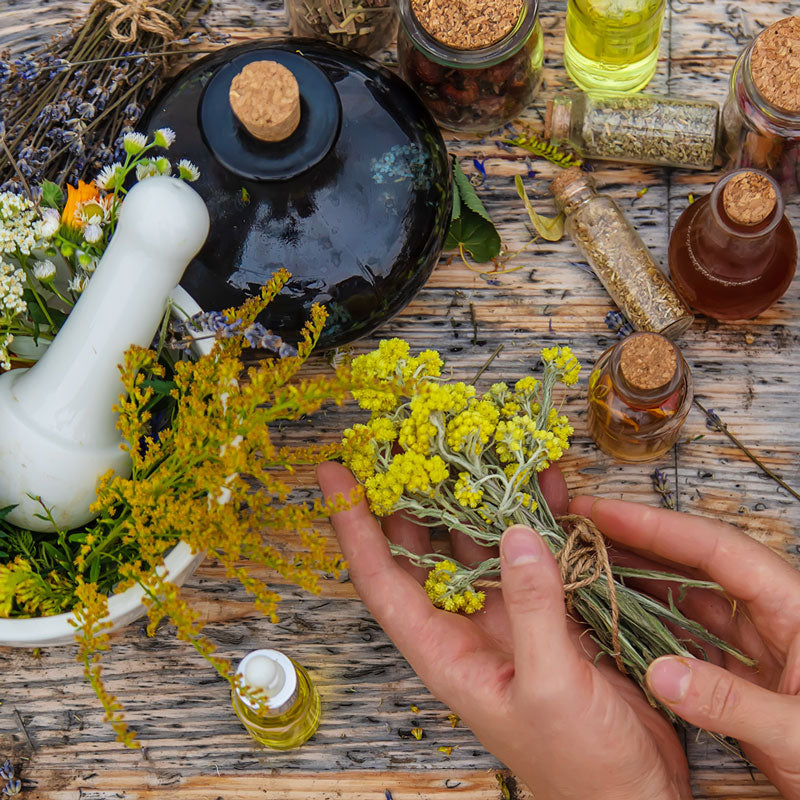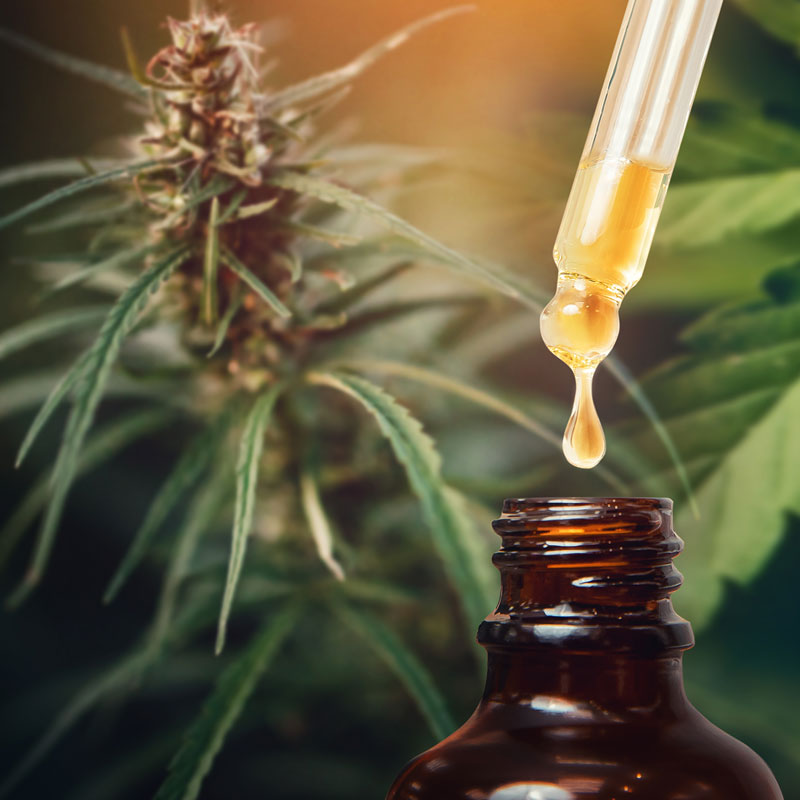Homemade Common Mint Tincture and Extract Recipe using Food Grade Ethanol

Common mint is a versatile and aromatic herb widely used in culinary and botanical applications. Crafting a tincture allows you to extract and preserve its natural compounds in a convenient liquid form. This guide outlines the process of creating a high-quality tincture using 200 Proof Food Grade Ethanol for optimal extraction.
What is Common Mint?
Common mint (Mentha spp.) is a well-known member of the Lamiaceae (mint) family, valued for its refreshing scent and flavor. It is widely used in teas, culinary recipes, and botanical preparations due to its distinctive menthol aroma.
How Common Mint Differs from Other Mint Varieties
- Peppermint (Mentha × piperita): A hybrid of watermint and spearmint, peppermint has a higher menthol content, creating a more intense cooling effect.
- Spearmint (Mentha spicata): Milder and sweeter than peppermint, spearmint contains lower levels of menthol, making it a popular choice for culinary use.
- Mountain Mint (Pycnanthemum spp.): Not a true mint, mountain mint has a more herbal, spicy profile with hints of oregano and thyme.
Where is Common Mint Grown?
Common mint is widely cultivated in gardens, meadows, and wetland areas. It thrives in New York, Pennsylvania, Oregon, Washington, and Kentucky, where it grows in well-drained soil with partial to full sunlight.

Sourcing and Selecting Quality Common Mint
For the best tincture results, source organic, fresh, or dried common mint leaves from reputable suppliers, farmers’ markets, or cultivated home gardens. Choose vibrant green leaves with a strong, refreshing scent. Avoid plant material that is wilted, yellowed, or lacking fragrance, as these signs indicate diminished quality.
Preparing Common Mint for Tincture
- Ensure the leaves are clean and free from debris.
- Gently crush or chop the leaves to improve extraction efficiency.
Best Practices for Storing Your Common Mint Tincture
Store your tincture in a dark glass bottle, away from heat and direct sunlight, to maintain its quality. Properly stored, the tincture can remain effective for up to two years.
Ways to Use Common Mint Tincture
Culinary & Botanical Applications
- Herbal Teas & Beverages: A few drops can enhance teas or botanical cocktails.
- Culinary Infusions: Can be blended into syrups, dressings, or sauces for an herbal touch.
Aromatic & Crafting Uses
- Perfumery: Can be incorporated into botanical fragrance blends.
- DIY Herbal Products: May be used in homemade skincare or personal care creations.
Final Thoughts on Crafting a Common Mint Tincture
Making a common mint tincture at home allows you to capture the fresh, cooling essence of this versatile herb. Using 200 Proof Food Grade Ethanol ensures a high-quality extraction, free from unwanted additives. Whether for crafting botanical preparations, enhancing culinary recipes, or aromatic applications, common mint tincture is a valuable addition to any home collection.

Disclaimer: This content is for informational and educational purposes only. Consult a professional before using tinctures for any specific application. Individual reactions may vary.










